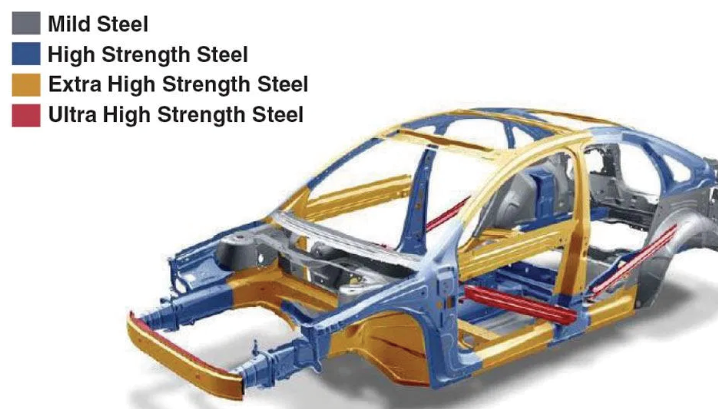Steeling the Show

The mobility industry as we know it is one the cusp of transformation and we will observe a drastic change in passenger, freight and mass transit in the coming years. Particularly in the context of road-based mobility solutions, we will observe an increasing trend towards the adoption of shared, connected, and zero-emission/electric mobility. This article focusses on the rise of electric mobility and an opportunity for India to become a global EV manufacturing hub.
As per estimates of the International Energy Agency (IEA), the global EV stock (excluding 2-wheelers) is expected to rise from 5.2 million ( baseline:2018) to 250 million by 2030. Presently China leads the global EV adoption market followed by the EU and USA. Morgan Stanley in its report - India’s Transport Evolution, has indicated that India and China will lead the world in adoption of electric mobility by 2030 and in the Indian context, the share of EVs is expected to be 30 % of overall domestic vehicles sales with a total available market size of 0.67 Trillion US$.
Lithium, the new oil will be at the core of this transformation. Apart from the fuel, another critical input that needs to be factored is the material of choice for mass EV manufacturing that will enable a lower total cost of ownership, sustainability, formability and reduce the weight of the vehicle without compromising safety and enhance the driving range. This material of choice would be Steel and particularly the family of next-generation Advanced High Strength Steels (AHSS) and Electric Steels.
Even though there are no known reserves of Lithium in India and we will need to procure Lithium from overseas for battery manufacturing, we can infact capture the larger part of the value chain and become a global EV manufacturing hub by leveraging the potential scale & scope of our domestic Steel sector and have a cost advantage due to the abundant availability of iron ore. However, significant structural changes are needed on the industry and policy front particularly with regards to the product mix and ensuring the competitiveness of the Indian Steel sector.
Even though at 106.54 Million Tons of liquid steel production we were the second-largest Steel producers in the last fiscal after China, the share of value-added steels ( the superset for AHSS & Electric steels) in the overall product mix is very low at ~ 8-10%. This is a major impediment in the growth of domestic high-end manufacturing and precision engineering industry and reduces their ability to achieve cost leadership.
Basis the above, there is an imminent need to increase the production of value-added steels in the country.
In order to achieve this we will need to support units producing high value-added steels by - incentivizing units producing high value steels by providing input subsidies on imported raw material and key consumables ; providing import subsidies on imported plant & machinery ; rationalizing taxes across the value chain; increasing focus on lifecycle costing.
To sum, the right reforms at the right time can create an amenable ecosystem for India to become a global EV manufacturing hub, leverage trillion-dollar plus market opportunities across the Steel & Autos2.0 value chain that will have a tremendous multiplier effect on the overall economy.
*Shantanu Rai is a Consultant, NITI Aayog. Views expressed are personal.
